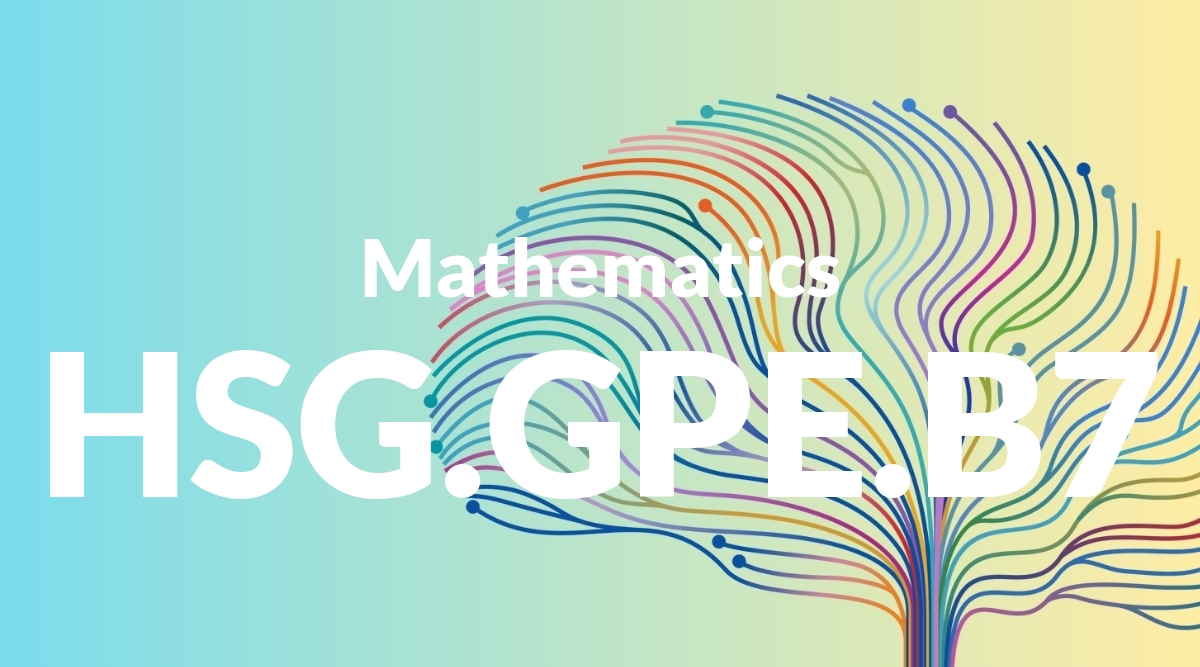Standard: 7.RI.1 – Cite several pieces of textual evidence to support analysis of what the text says explicitly as well as inferences drawn from the text.
Grade level: Grade 7
Subject: English Language Arts
Domain: Reading: Informational Text
Teacher Overview
This standard emphasizes the importance of using multiple pieces of textual evidence to support analysis. It helps students develop critical reading skills necessary for understanding and interpreting informational texts, which are crucial for academic success in various subjects. Students should be able to identify main ideas and supporting details, and make simple inferences from a text.
Students will be able to critically evaluate sources, synthesize information from multiple texts, and construct well-supported arguments.
Common Misconception 1
Students often think that citing a single piece of evidence is enough. This is incorrect because a robust analysis requires multiple pieces of evidence to create a well-supported argument.
Intervention 1
Use exercises that require students to find at least three pieces of evidence for any claim they make, and discuss how each piece contributes to a stronger argument.
Common Misconception 2
Students may mistakenly believe that personal opinions can serve as evidence. This is incorrect because evidence must come directly from the text.
Intervention 2
Provide examples of personal opinions vs. textual evidence and have students practice categorizing statements to reinforce the distinction.
Prerequisite Knowledge
Students should understand basic concepts of identifying main ideas and supporting details in a text, and have experience with making simple inferences based on textual information.
Subsequent Knowledge
Students will develop the ability to critically evaluate sources, synthesize information from multiple texts, and construct well-supported arguments in both written and verbal forms.
Instructional Activities
- Group discussions analyzing different texts
- Writing essays with multiple pieces of evidence
- Debates using textual evidence to support arguments
- Creating charts that map out evidence from texts




